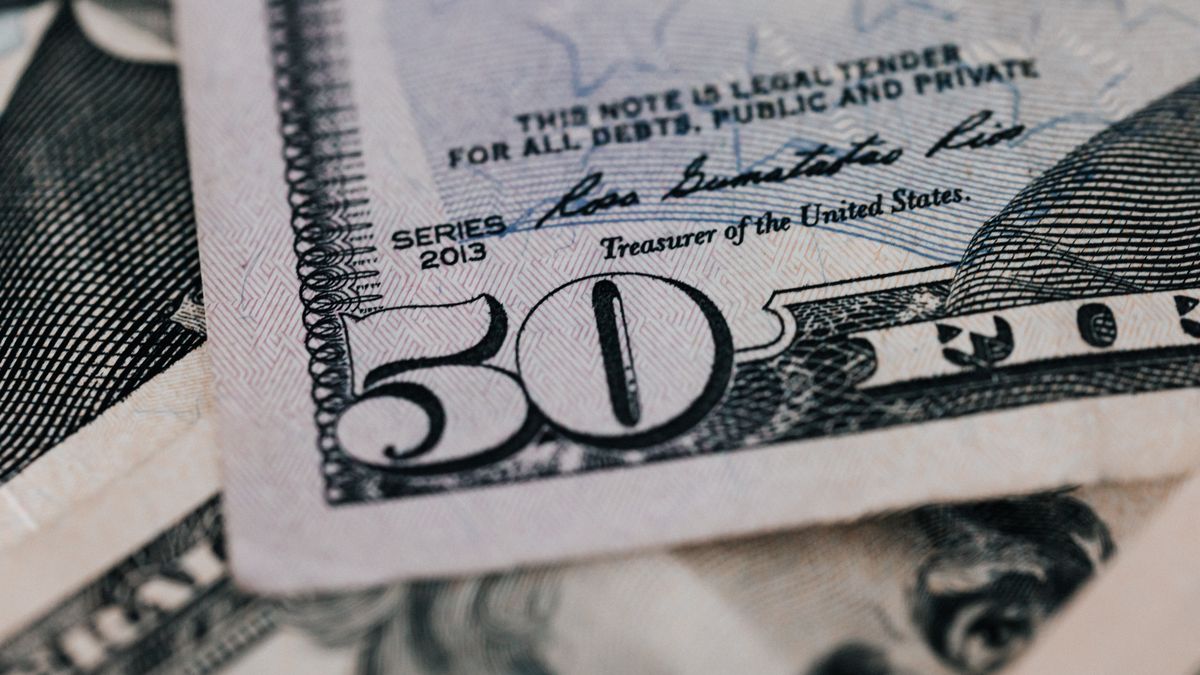Following the publication of the latest Survey of Economic Expectations carried out by the Central Bank of Uruguay (BCU), it was found that The Uruguayan market reduced the projection of the price of the dollar by 0.48% for the current calendar year.
According to the April survey, the median in the price of the dollar expected by market agents for the end of the year is 41.30 pesos, compared to a median of 41.50 pesos projected in March. At the same time, the expected average fell further, from 41.50 pesos to 41.28 pesos.
The agents of the national economy once again show prudence in their projections in a context where the Uruguayan peso does not seem to give up ground against the US currency, and has shown itself to be stronger than expected during 2023.
By the end of April, a median of 39 pesosand an average of 38.99 pesos, while for September of this year the projection would rise to 40.40 and 40.43, respectively.
For March 2024, the expectation is for a median of 41.95, and a mean of 41.89. On the other hand, a median of 43.67 for December 2024 (with an average of 43.54), and of 46.85 for December 2025 (with an average of 46.71).
The dollar did not stop falling during 2022
After touching the historical peak of 44,731 on January 5, 2022, the dollar began a downward trend. In February last year It pierced the floor of the 44 pesos. The collapse continued throughout the month and March began at 42,553 pesos, to end that month at 41,115 pesos.
The collapse of the exchange rate did not stop there, during April of last year it continued to decline and on April 21, exactly one year ago compared to the close of this Friday, it was in 40,126 pesos.
So far this year, the dollar accumulate a fall of 2.79%which is added to the 10.35% decline it registered in 2022. However, far from widening the gap with respect to the price of a year ago, the North American currency moderated its decline in recent months: it passed of 12.04% end of january at 2.81% at the current price.
The interanual variation The exchange rate had been in double digits since November of last year and, at the beginning of February, it returned to a drop of a single number. Since then it has continued to decline and is now below 3 percentage points.
Source: Ambito




